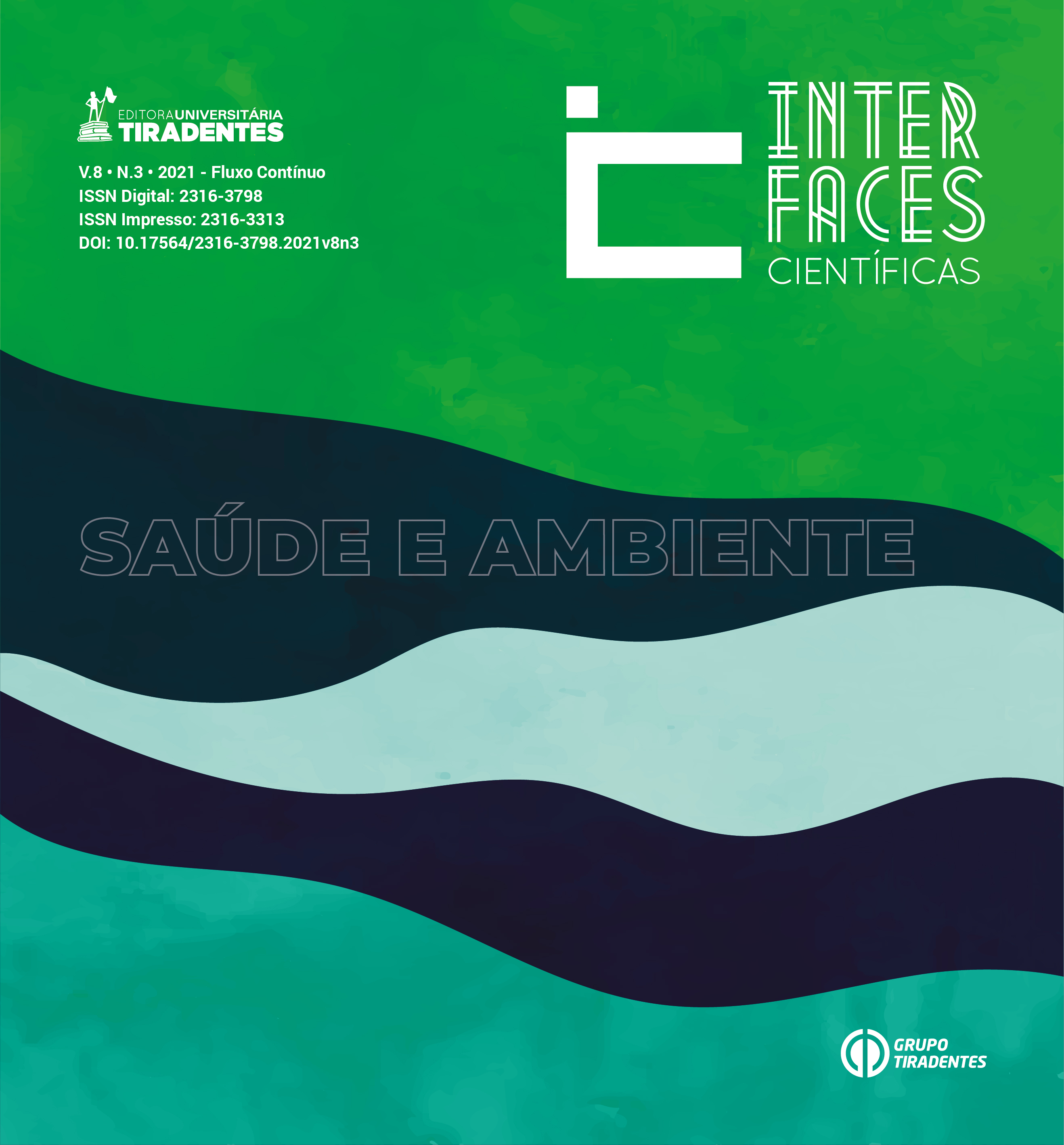Microbial Contamination in Drinking Water Fountains and the Potential Risk Associated with Location and Cleanliness
Drinking Water Fountains Contamination
DOI:
https://doi.org/10.17564/2316-3798.2021v8n3p399-408Publicado
Descargas
Descargas
Número
Sección
Licencia
Autores que publicam nesta revista concordam com os seguintes termos:
a. Autores mantêm os direitos autorais e concedem à revista o direito de primeira publicação, com o trabalho simultaneamente licenciado sob a Licença Creative Commons Attribution que permite o compartilhamento do trabalho com reconhecimento da autoria e publicação inicial nesta revista.
b. Autores têm permissão e são estimulados a distribuir seu trabalho on-line (ex.: em repositórios institucionais ou na sua página pessoal), já que isso pode gerar aumento o impacto e a citação do trabalho publicado (Veja O Efeito do Acesso Livre).
Resumen
As drinking water fountains are the main source of free drinking water in public spaces, microbiological quality standards in such facilities are strongly relevant to public health. The objective of this study was to evaluate the microbiological condition of drinking water fountains in a public institution, specifically investigating the presence of potentially pathogenic microorganisms and to establish possible causes of contamination. Microbiological analysis was conducted with samples from seven drinking water fountain bubbler faucets located near the restrooms. We evaluated the number of users of these fountains under two parameters: individuals who only drank water, and individuals who drank water after using the restroom. The biological samples were cultivated on a specific culture medium, and the results revealed the presence of potentially pathogenic microorganisms, including Staphylococcus aureus and Salmonella spp. Although our findings indicate the presence of potentially pathogenic microorganisms, the results showed no correlation between the number of isolated microorganisms and the number of water fountain users. No specific correlation between the frequency of use of drinking water fountains and restrooms location was identified. We therefore suggest that the contamination present on the surface of the drinking water fountains is due to both the inefficacy of the cleaning procedures and the location of the water fountains. Identification of public health-relevant pathogens may have serious consequences for users.




















